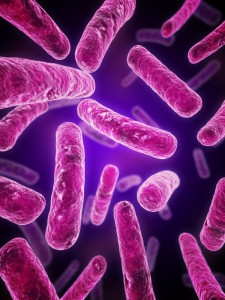 In a recent paper, Evan Durnal from the Criminal Justice Department at the University of Central Missouri listed common myths that are created and perpetuated by crime scene investigation (CSI) television shows and summarized the effects of these shows on the judicial system (1). In part I of this two-part blog entry, I presented Durnal’s four categories of myths about crime scene investigation. In part II, I discuss the effects of these television shows on the judicial system, including jurors, prosecutors, defense attorneys, law enforcement officials and the criminals themselves.
In a recent paper, Evan Durnal from the Criminal Justice Department at the University of Central Missouri listed common myths that are created and perpetuated by crime scene investigation (CSI) television shows and summarized the effects of these shows on the judicial system (1). In part I of this two-part blog entry, I presented Durnal’s four categories of myths about crime scene investigation. In part II, I discuss the effects of these television shows on the judicial system, including jurors, prosecutors, defense attorneys, law enforcement officials and the criminals themselves.
In his paper, Durnal lists four main categories of myths: capabilities, roles and responsibilities, evidence and schedule. These myths all influence jurors’ expectations in the courtroom and affect the roles, responsibilities and tactics of judges, attorneys and law enforcement officials. Durnal describes it thusly “Nearly all definitions of the [CSI] effect stem from and refer to the impact that CSI and related shows have on the ability of trial juries to objectively hear testimony and make decisions without biasing those decisions on information obtained outside the courtroom proceedings”. He lists a number of examples demonstrating the CSI effect, originally published by Willing (2), including: Continue reading “The Reality of Crime Scene Investigation. Part II: The CSI Effect in the Courtroom”

